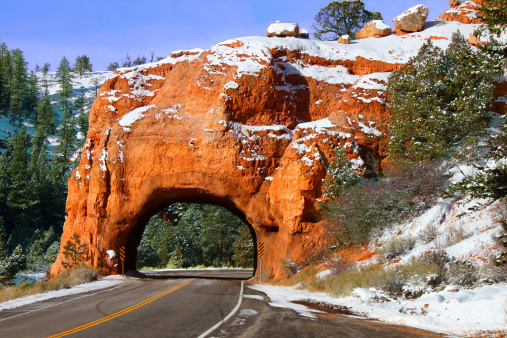This post is also available in:
 English
English
The 10th Circuit Court of Appeals in Denver struck down another Utah National Forest project on the management indicator species (MIS) issue. Key to this case is that the 10th Circuit blew off the 2000 “transitional” rule and the 2004 “interpretive” rule the Forest Service had manufactured to justify not protecting wildlife when logging. The Court then held that since the project was decided under the 1982 National Forest Management Act (NFMA) regulations, the requirements of the 1982 regulations apply.
This ruling is important for National Forests all over the nation, as the agency has been using its “interpretive” rule as an excuse everywhere not to comply with wildlife monitoring requirements. Also, every logging project in the nation is still being decided under the 1982 NFMA regulations, and this 1982 National Forest Management Act helps us make sure the agency does not try to wiggle out of the requirements of those rules until such time as new forest management plans are adopted under the new 2005 NFMA rules, none of which will happen for a year or two.
The Court held:
“In a Rule 28(j) letter filed one week before oral argument, the Forest Service informed us of the Department’s publication of an interpretative rule in September 2004. 69 Fed. Reg. 58,055 (Sept. 29, 2004); see also Fed. R. App. P. 28(j). The interpretative rule explained that the 2000 regulations rendered the 1982 rule inoperative for project-specific decisions made after November 9, 2000. The interpretative rule clarified that, during the transition period between November 2000 and promulgation of a final rule, the Forest Service should use the “best available science” under § 219.35(a) for project decisions. 69 Fed. Reg. at 58,056. New rules replaced the 2000 planning regulations in January 2005. See 70 Fed. Reg. 1023 (Jan. 5, 2005).
“We conclude, however, that the transition provisions of the 2000 regulations do not apply to the Project’s authorization, and we review Forest Service obligations under the 1982 rule instead.”


